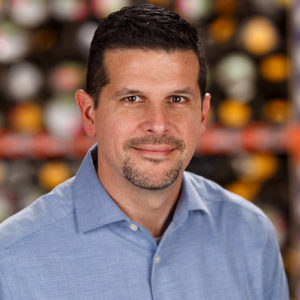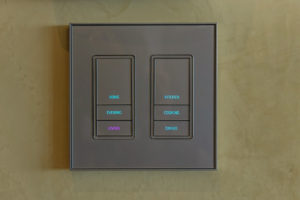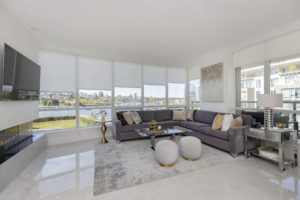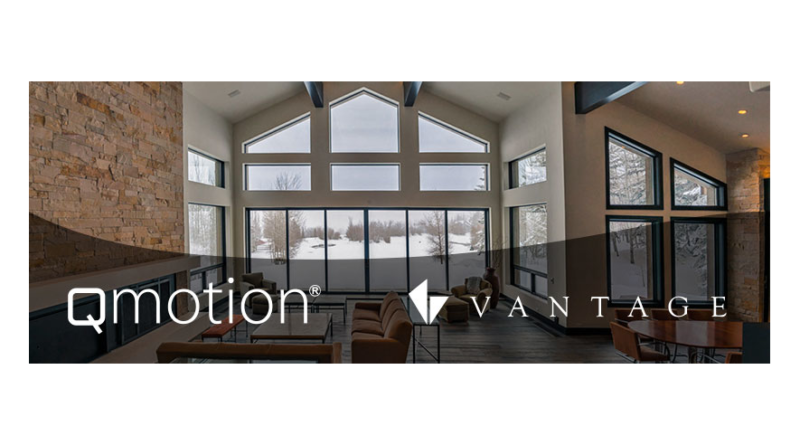I recently spoke with Charlie Derk, Director of Product Marketing, Shading and Residential Controls for Legrand, Vantage and QMotion about human-centric lighting, customers’ buying habits, and our ever-changing industry.

Maureen Jenson: What can we expect from Legrand Building Control Systems (BCS) in 2021?
Charlie Derk: In our industry, it’s easy for manufacturers to get caught up in the latest trends and widgets and lose sight of one vital aspect to any installation, making life as easy as possible for the integrator. For our Vantage and QMotion brands, a major focus in 2021 will be taking feedback from our dealers and using that to provide them with the tools they need to simplify installations and save time at each job site.
Another focus that I’m excited about is human-centric lighting (HCL). Although this technology isn’t new to Legrand or the industry, it remains a big opportunity for us this year. Tunable white LEDs have been increasingly incorporated into smart homes over the last few years. However, we don’t believe that anyone has gotten it perfect yet, ourselves included. So, we’ll be ramping up our efforts in this space to deliver an unprecedented experience for dealers and homeowners alike.

Vantage Easy Touch Glass
MJ: With many people spending dramatically more time at home due to COVID-19, what trends have you seen in your customers’ buying habits?
CD: Homeowners have been doing their best to make the most out of an unfortunate situation. This has translated into an uptick in renovation projects, including investing in technologies that have a positive impact on their daily lives. One primary area of focus has been creating ideal lighting conditions, which needs to be more flexible and customizable than ever. Take your kitchen for example, what was once a space for eating and relaxing might now serve as a conference room or study space for the kids. Using HCL and motorized shading systems can allow you to easily pivot and provide the right light for your needs and we’re seeing that in customers’ buying habits.
MJ: How has the lighting and shading control industry changed during your career?
CD: A lot has changed since I joined the industry in 1998. On the lighting side, products have transitioned from analog to digital. Most “smart” lighting solutions back then were wired, as wireless technology wasn’t especially reliable. With the need to run wire, luxury lighting installations were also more limited to new construction. However, wireless technology has come a long way since then, which has had a tremendous impact on the market. Not only have wireless solutions opened up more opportunities in renovation projects, but we’re even seeing them utilized in new construction, as they save on the cost of wire, the labor to run it, and the up-front planning of the runs.
On the shading side, there just weren’t many homeowners using motorized shades 20 years ago. Most people simply bought manual Venetian blinds from the hardware store. These days, motorization has become more common. It’s still a small piece of the overall pie, with a long way to go, but its adoption rate grows every year.

White QMotion Shading
MJ: What smart home trends do you see emerging in the next few years?
CD: One thing we’re seeing more of is “smart home as a service” type offerings, where instead of investing a lot of money up-front in a range of connected devices, homeowners are paying monthly subscriptions for the technology and a service provider to manage it. This is still a relatively small trend in our industry, but one that we expect to continue.


